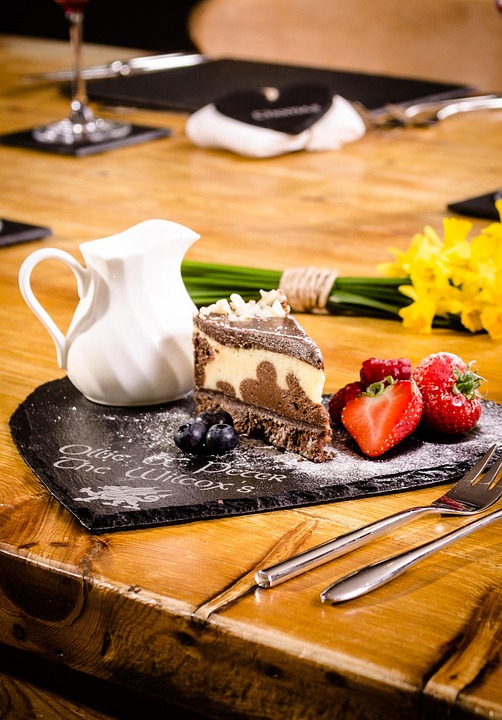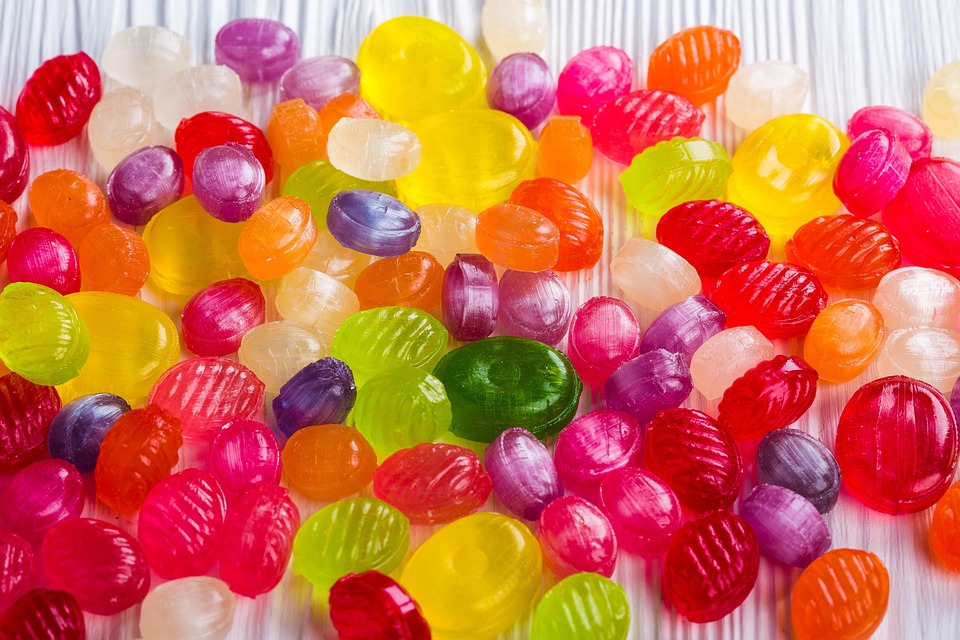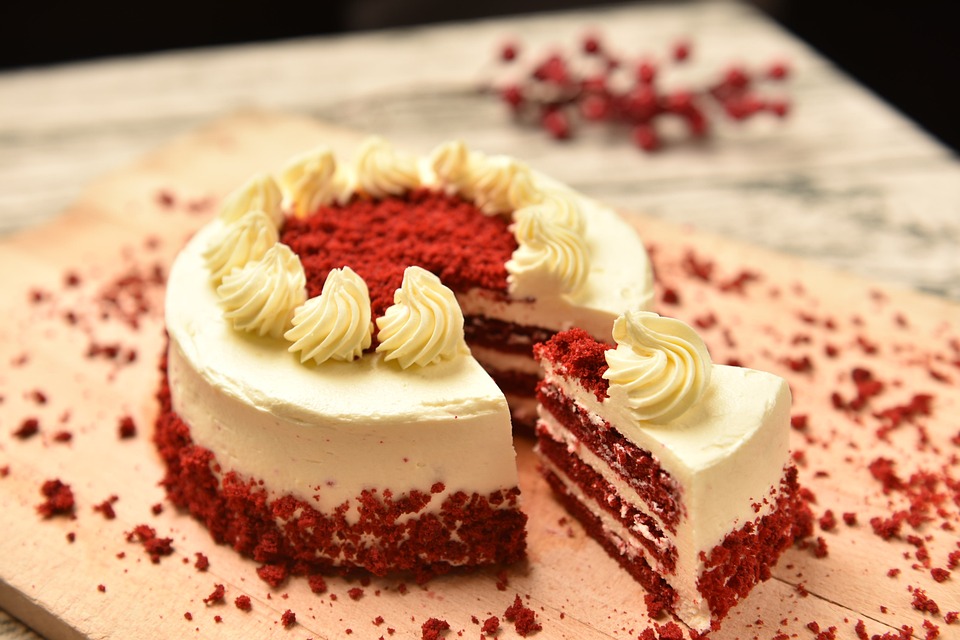Sweet Traditions: Exploring the Rich History of Hawaiian Desserts

[ad_1]
Sweet Traditions: Exploring the Rich History of Hawaiian Desserts
Hawaii, often celebrated for its breathtaking landscapes and vibrant culture, is also a treasure trove of delectable desserts that reflect its rich history and diverse influences. The evolution of Hawaiian desserts is a sweet journey that intertwines native traditions, immigrant flavors, and innovative culinary techniques. This article delves into the origins, ingredients, and significance of some of Hawaii’s most beloved sweets.
The Roots of Hawaiian Desserts
The foundation of Hawaiian desserts can be traced back to the indigenous Polynesian people who first arrived in Hawaii. They brought with them their culinary practices, including the cultivation of taro, sweet potatoes, and coconut. These ingredients became staples in traditional Hawaiian cuisine and laid the groundwork for many beloved desserts.
One of the earliest forms of dessert in Hawaii was **poi**, a thick paste made from steamed and mashed taro. While poi is often enjoyed as a side dish, it can also be sweetened and served as a dessert, showcasing the versatility of this native ingredient.
The Influence of Immigrant Cultures
As Hawaii became a melting pot of cultures in the 19th and 20th centuries, a variety of culinary traditions began to blend. Immigrants from Asia, Europe, and other Pacific Islands introduced new flavors and techniques that would shape Hawaiian desserts.
**Japanese influence** is particularly notable in the world of Hawaiian sweets. The introduction of mochi, a chewy rice cake, has become a staple in Hawaiian dessert culture. Mochi can be filled with various sweet fillings, such as red bean paste or ice cream, and is often served during celebrations.
Chinese immigrants also contributed to the dessert scene with treats like **manapua**, a steamed bun filled with sweet or savory fillings. The influence of these immigrant communities is evident in the diverse range of flavors and textures found in Hawaiian desserts today.
Modern Hawaiian Desserts
In contemporary Hawaii, traditional desserts have evolved while still honoring their roots. **Haupia**, a coconut milk-based dessert, is often served at luaus and special occasions. Its silky texture and subtle sweetness make it a favorite among locals and visitors alike. Haupia is commonly used as a filling in cakes and pies, further integrating it into the culinary fabric of Hawaii.
Another popular dessert is **malasadas**, deep-fried doughnuts introduced by Portuguese immigrants. These golden, fluffy treats are typically rolled in sugar and can be filled with custards or fruit preserves. Malasadas have become a must-try item at festivals and celebrations, showcasing the joyful spirit of Hawaiian culture.
The Influence of Local Ingredients
Hawaiian desserts are defined by their use of locally sourced ingredients. Fresh tropical fruits such as pineapple, mango, and lilikoi (passion fruit) are often incorporated into desserts, adding vibrant flavors and colors. The use of macadamia nuts, another local treasure, adds a delightful crunch to many sweet treats.
**Pineapple upside-down cake**, a classic dessert that has found its way into Hawaiian kitchens, highlights the island’s famous fruit. This cake, with its caramelized pineapple and buttery batter, embodies the essence of Hawaii’s culinary creativity.
Celebrating Hawaiian Desserts
Desserts in Hawaii are more than just sweet treats; they are a celebration of culture, history, and community. They play a crucial role in gatherings, from family luaus to weddings and holidays. The act of sharing these desserts fosters a sense of connection and belonging among the people of Hawaii.
As Hawaii continues to evolve, so too does its dessert landscape. Chefs and home bakers alike are experimenting with traditional recipes, infusing them with modern techniques and flavors. This fusion not only honors the past but also paves the way for exciting new creations.
Conclusion
The rich history of Hawaiian desserts is a testament to the islands’ diverse cultural tapestry. From ancient traditions to contemporary innovations, these sweet creations tell the story of a people who have embraced their heritage while welcoming new influences. Whether indulging in a slice of haupia cake or savoring a malasada, each bite is a delicious reminder of Hawaii’s vibrant history and culinary legacy.
[ad_2]


